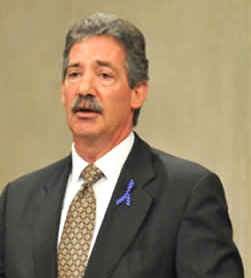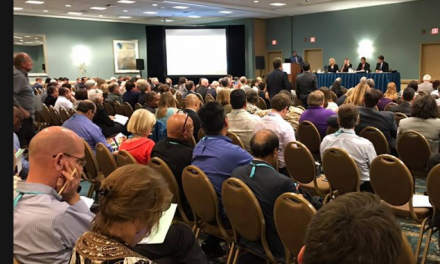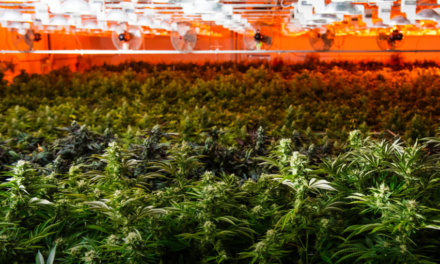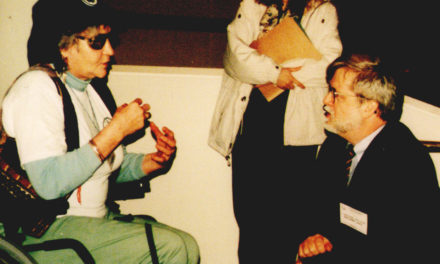Leaders of the marijuana industry greatly appreciated the line Deputy Attorney General James M . Cole took in 2013 when he sent a memo to prosecutors stating the Administration’s approach to the legalization measures to be enacted in Washington state and Colorado. As Cole summarized it to Congress, “The Department of Justice expects that states and local governments that have enacted laws authorizing marijuana-related conduct will implement effective regulatory and enforcement systems to protect federal priorities and the health and safety of every citizen. As the guidance explains, a jurisdiction’s regulatory scheme must be tough in practice, not just on paper. It must include strong enforcement efforts, backed by adequate funding.”
. Cole took in 2013 when he sent a memo to prosecutors stating the Administration’s approach to the legalization measures to be enacted in Washington state and Colorado. As Cole summarized it to Congress, “The Department of Justice expects that states and local governments that have enacted laws authorizing marijuana-related conduct will implement effective regulatory and enforcement systems to protect federal priorities and the health and safety of every citizen. As the guidance explains, a jurisdiction’s regulatory scheme must be tough in practice, not just on paper. It must include strong enforcement efforts, backed by adequate funding.”
Uncomplainingly, reformers have been drafting “legalization” measures with regulatory schemes that are “robust” and “tough in practice,” as per Cole’s dictum.
 In 1937, a federal marijuana prohibition was needed, according to Harry J. Anslinger, because not enough Americans were being arrested under the various state laws —they weren’t sufficiently tough in practice. Anslinger, the director of the federal Bureau of Narcotics, singled out law enforcement in two states for praise when he testified before the Senate:
In 1937, a federal marijuana prohibition was needed, according to Harry J. Anslinger, because not enough Americans were being arrested under the various state laws —they weren’t sufficiently tough in practice. Anslinger, the director of the federal Bureau of Narcotics, singled out law enforcement in two states for praise when he testified before the Senate:
Sen. Herring: You say there are several hundred arrests in California alone, and about that same number throughout the rest of the United States?
Anslinger: There are about the same number in the rest of the United States.
Herring: How do you account for that? Is it because of their state law?
Anslinger: It is because they have a state enforcement agency there. They vigorously enforce the law. I might say that Pennsylvania is doing important work also.
In both statements, Cole’s and Anslinger’s, the underlying assumptions are that marijuana is a very, very harmful drug, and that prohibition —enforced by the police—is an effective way to prevent its use. The only difference is that the New Prohibition will be focused on a subset of the population, those under 21.
How far have we really come in our understanding of marijuana’s safety and efficacy, and our assessment of prohibition as an effective way to change behavior ?





